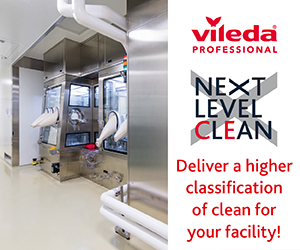This blog is the first in a 4-part series where we describe how process parameters influence condensation and the maximum achievable concentration of hydrogen peroxide vapor during vH2O2 bio-decontamination applications.
In this series we propose four basic process parameter rules. But before we address the first parameter that affects condensation and the maximum achievable vH2O2 ppm, we will review two important values: relative humidity and relative saturation.
Because water (H2O) and hydrogen peroxide (H2O2) have similar molecular structures, both affect the condensation point of the air. However, relative humidity (RH) indicates only the level of water vapor in the air at a given temperature, whereas relative saturation indicates the level of water vapor as well as hydrogen peroxide vapor in the air. In air that contains hydrogen peroxide vapor, condensation will occur before 100% relative humidity. Therefore, the condensation point can reliably be anticipated with the relative saturation (RS) measurement.
When relative saturation reaches 100 %RS, the vapor mixture will condense. Relative humidity and relative saturation differ whenever there is vH2O2 present and the difference between RH and RS is further affected by the amount of vH2O2 present. Once condensation occurs (relative saturation has reached 100% RS), the ppm vH2O2 can no longer increase. In fact, H2O2 vapor concentration will often decrease as some vH2O2 will decompose into water and oxygen upon condensation. When this occurs, more vH2O2 must be injected to compensate.
Click here to read the full article.





